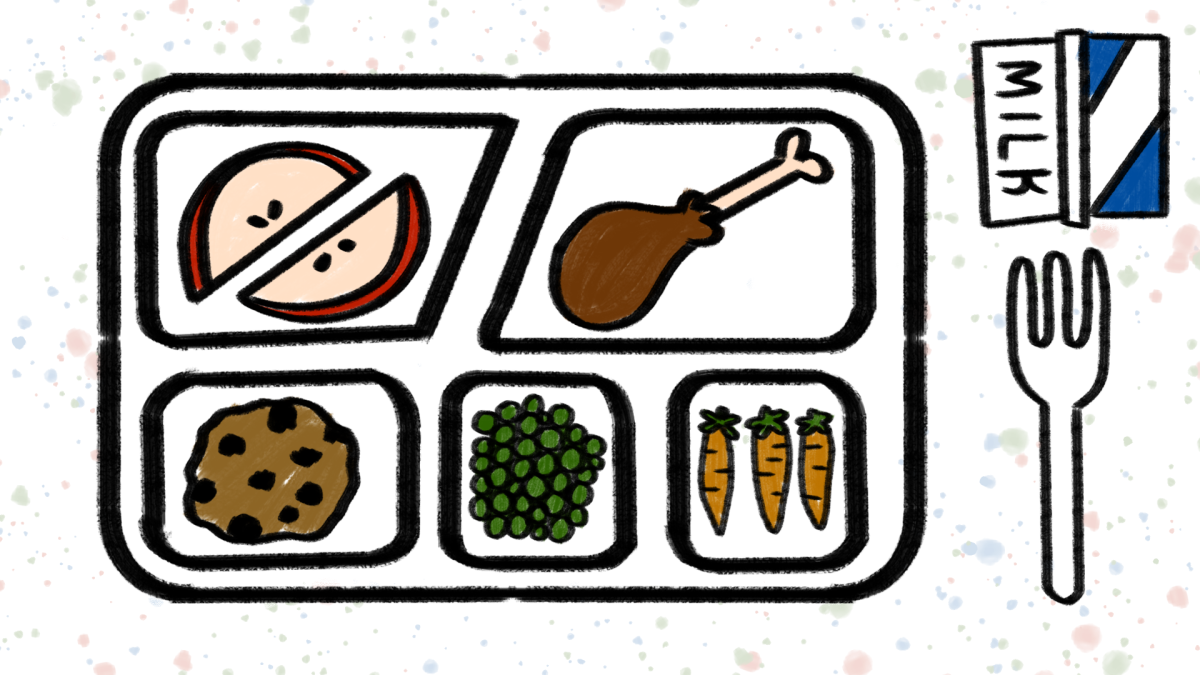According to the Positive Psychology Program, the practice of mindfulness originally came from religious practices in Asia, specifically Buddhism and Hinduism, as a pathway to reach enlightenment. The Western world took a fascination with it, and over time adopted some of the elements of meditation.
Mindfulness has become a common practice in the world of psychology and therapy. According to MBCT.com, mindfulness-based cognitive therapy was based on the stress reduction therapy of Jon Kabat-Zinn. It is designed to help combat depression and anxiety, and many therapists are turning to it to help their patients.
The University of Utah has incorporated environments for mindfulness. This includes the Union’s new Meditation Space located on the third floor and the Counseling Center’s Mindfulness Center, which runs free 30-minute drop in meditation sessions on Mondays at 12:30 p.m.
In my experience with mindfulness, I have learned how much it can benefit me. When I meditate, I feel calmer and more at peace with the world. The trouble is finding the time for it.
Although mindfulness is a helpful practice, the life of a student is incredibly busy. With classes, jobs, homework, extracurricular activities and school involvement, even a short session can feel like a burden.
That changed for me when I read a book by Buddhist spiritual leader Thich Nhat Hanh called “How to Eat,” the second book in the series Mindfulness Essentials. In this book, Hanh talks about how to incorporate mindfulness into eating. He suggests one should sit down and focus on the food: the color, the smell, the taste, the texture. Pay attention to every detail.
For me, it was eye-opening to discover the practice of mindfulness could be taken up during everyday activities. It introduced me to the concept that you can even be mindful in simple ways. I didn’t need a fancy setting or the perfect atmosphere, and I didn’t need to set aside a long amount of time for it. I could do it anywhere, during anything.
Besides eating, there are many ways you can practice mindfulness. It is important to experiment with different techniques to find the one that works best for you. Typically, it is recommended that you focus on one of your senses: hearing, sight, touch, taste or smell.
My therapist originally recommended I focus on the sense of touch by paying attention to the physical setting around me. She encouraged me to concentrate on feeling the chair I was sitting in or the sensations in my body in order to ground me during anxiety attacks. After trying out different forms of mindfulness, I discovered what calms me down the most is looking at colors.
I still find it both enjoyable and beneficial for me to partake in longer sessions. It helps to relax me and has a longer-lasting effect. When you are experiencing anxiety or stress, it is valuable to be mindful to help calm you down, no matter what you’re doing.
letters@chronicle.utah.edu
@TheChrony





















